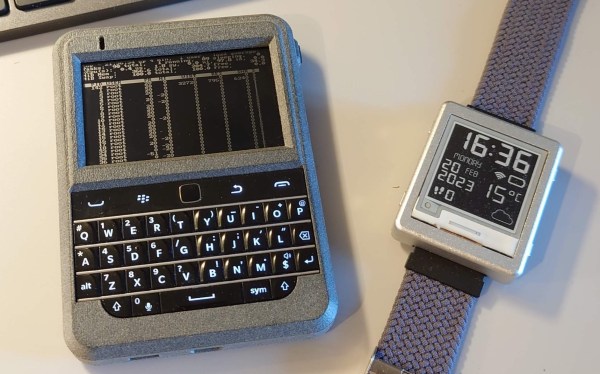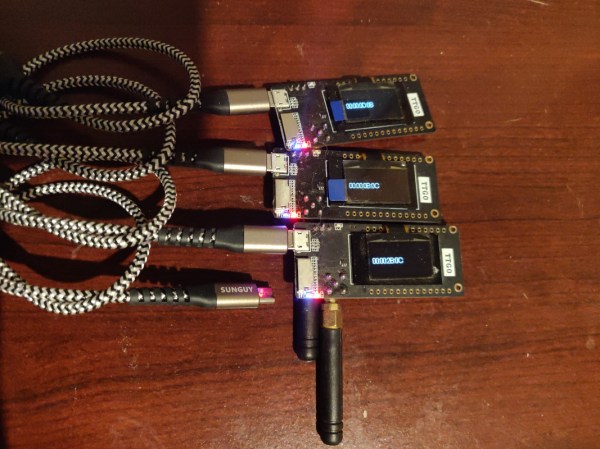As the 2020s are seeing the return of the flip phone, could we see a rebirth of other device form factors from before the slab era? [Eric Migicovsky] and [SQFMI] are working on a new physical keyboard device with the Beepberry.
Featuring a high contrast Sharp Memory LCD and the tried-and-true reliability of a BlackBerry keyboard, the device is designed for messaging all your contacts over WiFi without the distractions of a smartphone. As this is a collaboration with the Matrix-based chat service Beeper, the device is designed around the CLI version of their client.
If you want to eschew the distraction-free nature of the device, since it’s Pi-powered it can run any ARM Linux programs you might want as well being a playground for hardware mods. Add a DSP and headphone jack and this could be a neat little pianobar player. [Migicovsky] stresses this is currently a dev board and by no means should be assumed to be an off-the-shelf piece of kit.
If this looks like a familiar reuse of a BlackBerry keyboard, you might be remembering [arturo182]’s Keyboard Featherwing or this LoRa Messenger.
Continue reading “Beepberry Brings Memory LCD And A Physical Keyboard To Your Pi”














